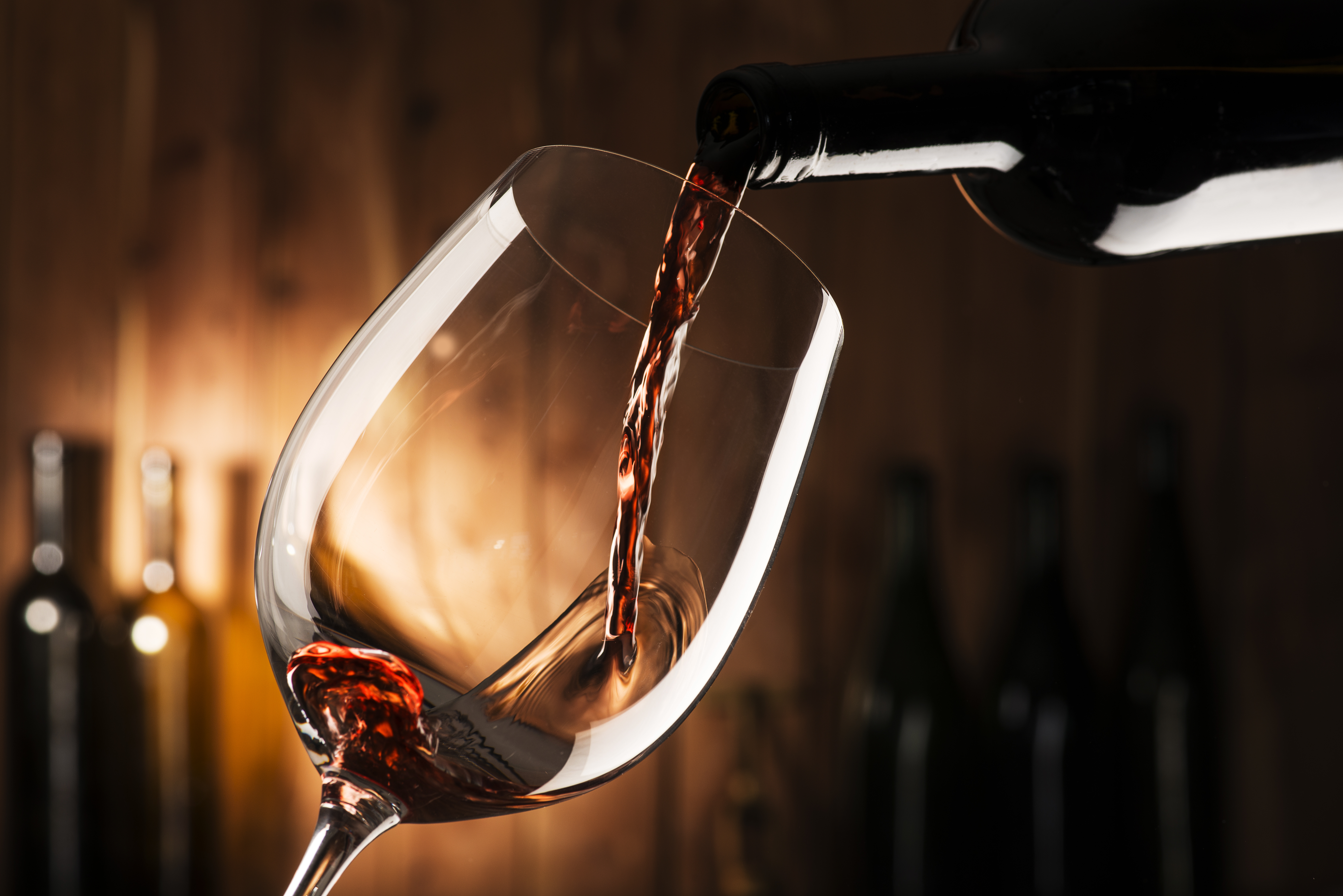Let’s talk blends, and what the language your local wine shop representative uses actually means.
At the top of the blending language list we have Champagne and Bordeaux.
The word Champagne is synonymous with being expensive, of quality, for celebrations, and from Champagne, France. Champagne is generally made from Chardonnay, Pinot Noir and Pinot Meunier, but there are a few other grapes that can make their way in there, and I’ll brush over a few different approaches: Vintage – where it’s all from a single growing year (generally speaking this occurs 3 times a decade and makes up around 5% of the regions total production), Blanc de Noirs (Generally 100% Pinot Noir or Pinot Meunier), Blanc de Blancs (Generally 100% Chardonnay), and Non-Vintage (Blend of different grapes and different vintages). One of the more famous and pricier Champagnes is Krug’s Grande Cuvée (clocking in around $180/bottle in the US) which is a great example of blending as it is made from no less than 120 different wines from 10 or more different years.
In California we can’t legally call the same Chardonnay and Pinot Noir sparkling blends “Champagne”, although it is common place to do so verbally. Labeling your wine as such could get someone in some legal trouble with the French AOC. None the less we still follow the same blending models and a second fermentation in bottle, and we veer towards a Blanc de Blancs and Blanc de Noirs to indicate if it’s 100% of Chardonnay or Pinot Noir, respectively.
Alongside Champagne in the higher end of the market are the wines from Bordeaux, specifically Red Bordeaux, also synonymous with being expensive, of quality, and for celebratory purposes. The region is split by a river, and so these blends get categorized as Left Bank and Right Bank. The easiest way to understand the difference is simply Left is Cabernet dominated (followed by Merlot) and Right is Merlot dominated (followed by Cabernet). Each is generally finished off with Cabernet Franc, Malbec (called Côt – rhymes with “no”), and Petit Verdot. Left Bank Bordeaux is what made the region famous and fetches the highest prices as the wine is blended for cellaring, is more tannic, and has a higher acidity and alcohol content. Right Bank Bordeaux is more for drinking in its youth as it is juicier, softer with its tannins and acidity, and more affordable generally speaking. With White Bordeaux, the blend in most cases is Sauvignon Blanc and Semillon.
Stateside we make a similar blend to Red Bordeaux known as Meritage – rhymes with “heritage” – and can hold a special place in a cellar with some of California & Bordeaux’s finest vintages. The blend for a Meritage should be from the 5 Red Bordeaux grapes and have no more than 90% of one variety. This is where blending becomes fun! Since we don’t carry the same strict governmental oversight of Left Bank Bordeaux, winemakers are able to experiment finding new – sometimes award winning – expressions with classic ingredients.
At some point you may have heard someone mention a Rhône blend, or a GSM. These are in reference to the Southern Rhône stylings in France. While each area has different blending requirements, the general rule of thumb is the blends are dominated by Grenache, followed by Syrah, and then Mourvèdre. At the highest end of price and perception we find the highly prized Châteauneuf-du-Pape (or “New Castle of the Pope”) which is a blended wine that can consist of 19 grapes blended together, 10 red and 9 whites. In the case of Châteauneuf-du-Pape as well as the majority of the Northern Rhône – where Syrah is king – red grapes sometimes find themselves being blended with small amounts of white grapes.
Stateside we call them Rhône style blends, and usually they will be called GSM, SMG, or my favorite, MSG (G = Grenache, M = Mourvèdre, S = Syrah). All they are indicating is the order of dominance for the grape’s percentage in blend. It’s less common, but you will find stateside red and white blending to mimic the Northern Rhone style, and we also have a few wineries who blend a little Chardonnay into their Pinot Noir – not to be made like Champagne, called Méthode Champenoise – but made still and labeled simply as Pinot Noir, and we have cult wine makers (Sean Thackrey’s ‘Pleiades’ comes to mind) who do non-vintage blends that incorporate undocumented amounts, varieties, and vintages of reds and whites.
At some point in the future, we will dive deeper into the blends language and cover Tuscan/Super Tuscan, Port and Port-style, Provincial-styled wines, etc… For the time being, don’t be afraid to use your newly acquired wine language next time you’re at the store. You will be surprised by how a little language can get you the bottle of vino you’ve really been looking for!

